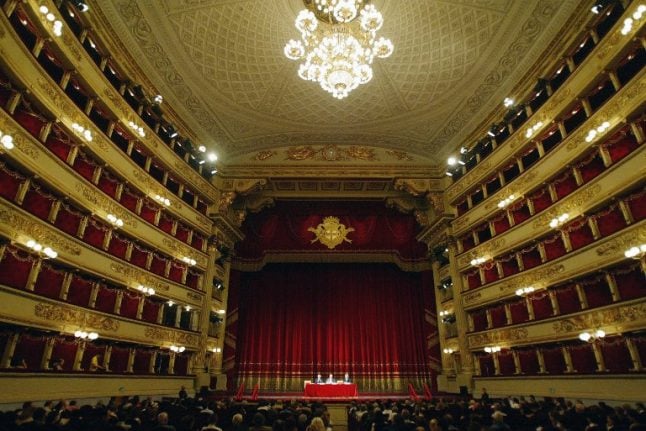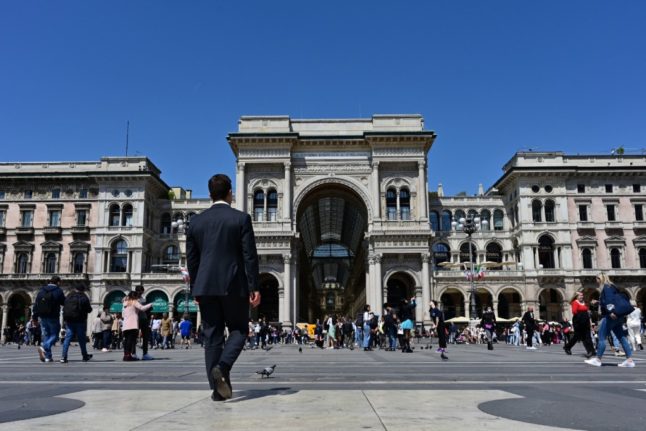Journalists at a press conference were told to limit questions to the production of Giacomo Puccini's “Gianni Schicchi” which debuts on Saturday.
Amazon put Allen's latest film “A Rainy Day in New York” on ice over decades-old sex abuse allegations against the US director, but another distributor will release the film in Europe later this year.
When asked why he thought he was better received in Europe than in the US, 83-year-old Allen said “I don't know.”
“When I started making movies 50 years ago… I always had a very warm and affectionate following in Europe and even when films of mine were not as well received in the United States, in Italy, France and Germany they received my films.”
“The opera will run until July 19, performed by students at the world-famous Scala. Allen's production was first performed in Los Angeles in 2008.
“The students are just fantastic and they are doing a great, great job making the opera exactly the way I wanted and also fulfilling Puccini's goals,” Allen said.
“One of the great pleasures in my life has been able to take a break from doing movies and movies and movies and coming to La Scala and staging an opera at this iconic opera house,” he said.
In February, Allen filed a $68 million (60 million euro) lawsuit against Amazon for breach of contract, accusing the streaming giant of cancelling the film because of a “baseless” accusation that he sexually abused his daughter.
Allen has faced growing isolation over allegations that he molested his adopted daughter Dylan Farrow as a seven-year-old in 1992, leading a string of actors to distance themselves from him.
He was cleared of the charges, first levelled by his then-partner Mia Farrow, after two separate months-long investigations, and has steadfastly denied the abuse. But Dylan, now an adult, maintains she was molested.
READ ALSO: 'That time when…': Italian women speak up about sexual harassment





 Please whitelist us to continue reading.
Please whitelist us to continue reading.
Member comments